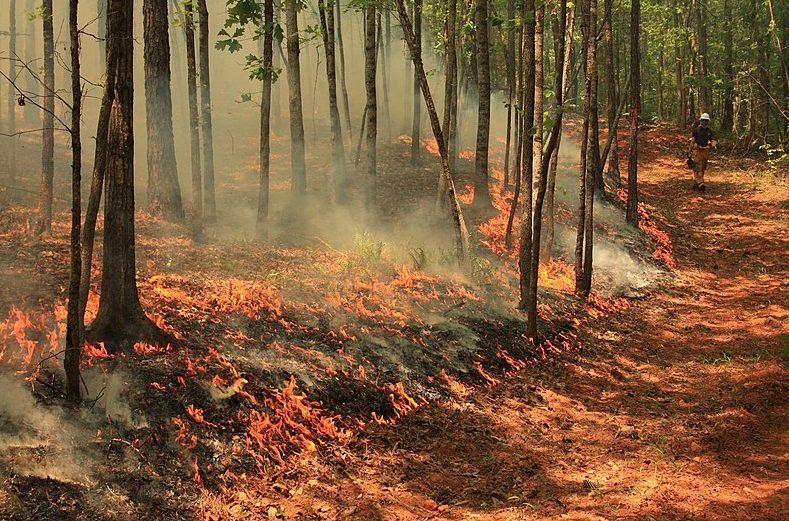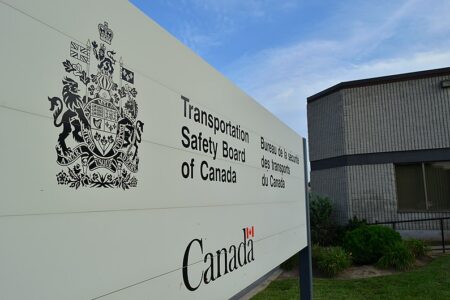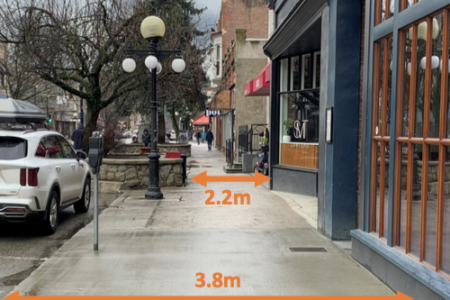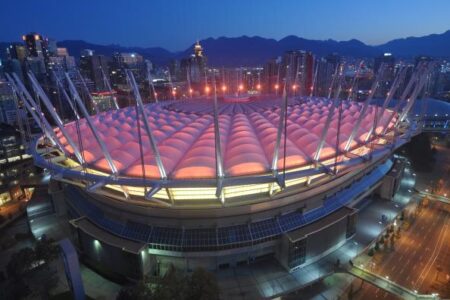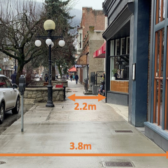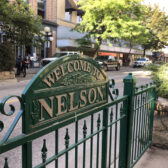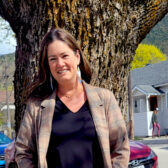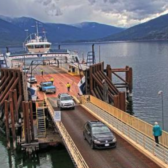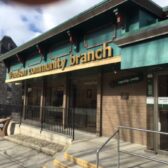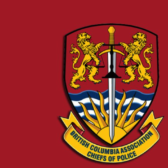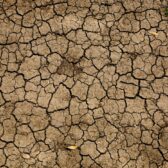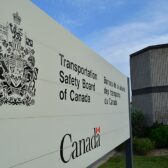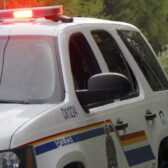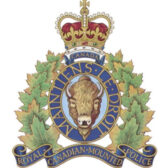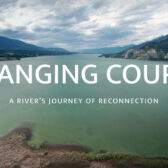Prescribed burn planned for Selous Creek area just outside of city
The latest chapter in wildfire mitigation in the Selous Creek area above the city is expected to burn through starting this week.
Three different entities — the BC Wildfire Service, the Regional District of Central Kootenay (RDCK) and Kalesnikoff Lumber Company — will have a hand in the prescribed burn covering up to 38 hectares in the Selous Creek area about two kilometres south of Nelson, to help reduce wildfire threats.
The burning could begin Monday, April 22 — depending on weather and site conditions — and will proceed if conditions persist to allow for smoke dispersal during burn operations.
The burn is part of an ongoing effort in the city’s watershed for fuel modification — through the Selous Creek Wildfire Fuel Mitigation project — and the smoke could linger throughout the week as the burning continues.
According to BCWS, smoke may impact residents near the burn area and may be visible from Nelson and surrounding areas, and to motorists travelling along Highway 6 and 3A.
The RDCK noted that a portion of the Nelson Salmo Great Northern Trail will have signage and flaggers in place, meaning trail users can expect trail use disruption.
“The outcome of the fuel management project aims at reducing wildfire risk in Selous Creek near the City of Nelson by modifying the fuel load and completing a prescribed burn,” noted project manager John Cathro.
He said the project started with funding support from the Forest Enhancement Society of BC and is an example of the high level of collaboration between regional and municipal governments, fire services and a local timber licensee.
By the numbers
The overall project covers an area of approximately 80 hectares (ha).
The following phases of treatment are completed:
- 65 ha of mechanical harvesting by Kalesnikoff Lumber;
- 20 ha of mechanical fuel modification to pile debris;
- 35 ha of machine-tethered fuel modification to create a debris-free fireguard around the outer perimeter of the harvested area and around reserve patches;
- 5.5 ha of understory hand treatment along The Vein bike trail and surrounding areas; and,
- 7.5 ha of understory hand treatment along the Rail Trail.
A look back
Two years ago the RDCK board of directors approved a fuel modification project in the same area to work to ensure fire does not escape into the forested stands south of the city, or “burn valuable reserve areas designed to meet visual landscape objectives.”
The board approved a $220,000 contract with Sunshine Logging Limited to complete the post-harvest mechanical fuel modification treatment for the Selous Creek Wildfire Fuel Mitigation project.
In her report on the project, RDCK wildfire mitigation supervisor Angela French said the project allows the landscape to get back to its roots.
“The positive environmental factors to consider are that by modifying the fuel on the landscape, and then putting good fire back into the ecosystem, we are transitioning slowly back to what could be considered a more natural state,” she said.
“More obviously, considering the social value was the impetus for the creation of the project, (reducing) the fuel load in order to mitigate the risk of wildland urban interface fires adjacent to the City of Nelson and the RDCK Area E residents.”
In its fourth year since project inception, the Selous project is one of two remaining Forest Enhancement Society of B.C. (FESBC) grant-funded wildfire risk reduction projects in the RDCK, and it is coming into the final stages of implementation, post-harvest treatment, French explained.
The time to cut and burn a tree to save a tree has come, said Area A director Garry Jackman.
“Organizations like FortisBC are realizing their vulnerability and they are wanting to clear some trees,” he said.



